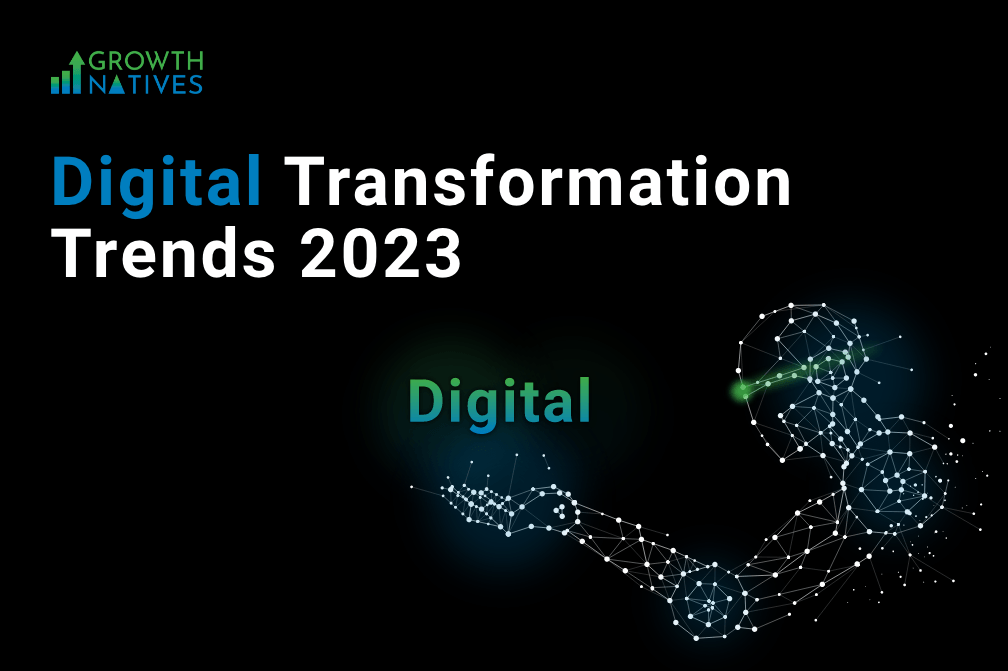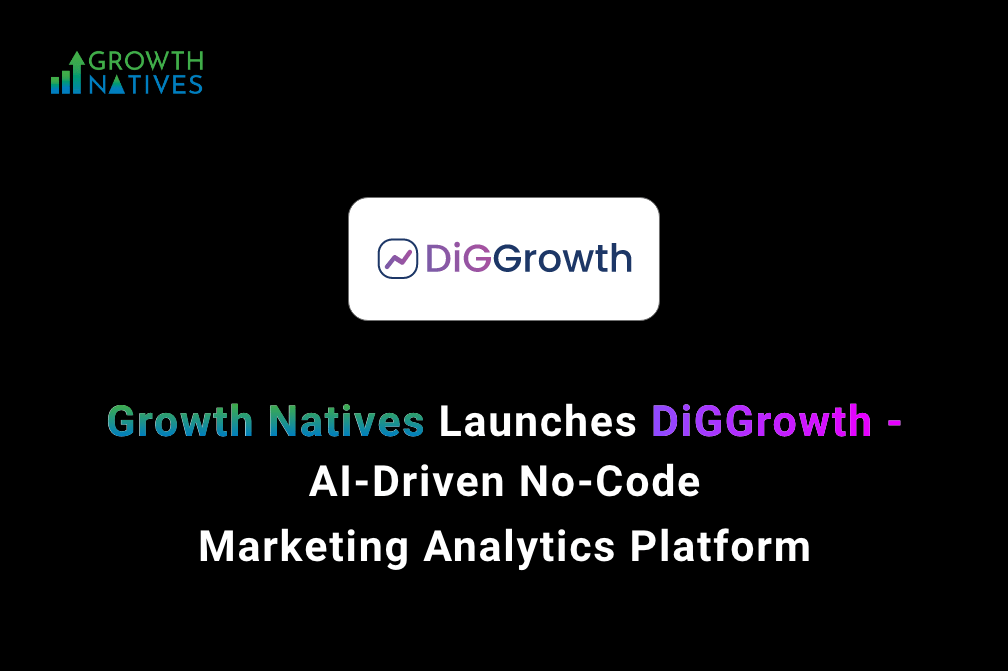
‘Cookieless Future’ – How to Market in a World Without Cookies?
By Sakshi Arora
Jun 29, 20227 min read
While pop culture would have you believe that the cookie monster is a blue, fuzzy, lovable, cookie-devouring, googly-eyed creature on Sesame Street, it is far from the truth. The real cookie monster has been your privacy-threatening, auto-filling, preference-saving, data-memorizing internet browser setting all along—lovable only to digital marketers, who need those cookies to know their customers better.
But this relationship between digital marketing and cookies is soon to end with Google’s move to block third party cookies. This is going to open marketers to a ‘Cookieless Future’ making it difficult to deliver personalized customer experiences. Here’s what we think about the cookieless future and how it will change the marketing landscape.
‘Cookieless Future’ - What It Means
Cookieless future is the shift in the digital landscape which will be followed by Google’s decision of phasing out third-party cookies. Cookieless refers to websites that save your data using identifiers other than cookies, such as IP addresses or device IDs. In a cookieless world, you will be tracked online by these substitute techniques.
Google announced in January 2020 that it would no longer gather personally identifiable information (PII) graphs from different identifiers, such as users' email addresses. Further, Google’s extension of phasing out third-party cookies by 2023 rather than 2022 brought a sense of relief. The decision bought advertisers some time to scramble out the best plan and initiatives toward this cookieless future.
As a large number of advertising activities depend on the information collected by third-party cookies, Google and several other advertising industries are developing new alternatives to ensure data privacy to users.
Marketers are depending much on third-party cookies and are significantly overlooking other strategies. Moreover, alternatives to cookies already exist and their pervasiveness significantly upsurge as new privacy regulations approach.
Before we dig deep into ‘the Cookieless Future’, let us first shed some light on what cookies are and how they impact marketers’ efforts.
Cookies and Their Impact on Marketers
Businesses today are promising to deliver satisfactory experiences to customers based on their constantly evolving needs. Around 80% of marketers rely on third-party cookies to know their customers better.
But without cookies, delivering personalized experiences can be a bit challenging. Cookies help marketers and advertisers track visitors. Third-party cookies help track website visitors by adding scripts or tags.
Third-party cookies also benefit marketers as they can collect information such as device type, data, location, which helps them track user behavior and use it for more refined marketing tactics.
From user behavior to demographics, cookies are the pillars of analytics and are certainly one among the essential components required for converting ads into sales.
Advertisers use third-party cookies to profile their audiences and establish targeting, as well as improve campaign performance, analyze ROI, and create attribution models. As tracking cookies presently enables cross-site tuning, optimization, and data tracking; campaign planning and targeted advertising will no longer be the same once browsers block it.
Marketers and advertisers will now need to modify their business models and adopt new technology solutions that will enable them to operate with first-party cookies and reach their customers in an effective way. Hopefully, this technological shift will bring new methods, though it will be challenging at first.
What Will the Absence of Cookies Mean?
Absence of third-party cookies will have a heavy impact on campaign reach and targeting,specifically when it comes to tracking audience behavior when they leave your website. It will be challenging to implement and track marketing strategies like retargeting and audience extension.
Marketers will be unable to link their campaigns to conversion events such as demo, registrations, purchases, or sales once the cookies are removed. As a result, real-time user-level data will be insufficient. Thus, businesses need to evaluate their reliance on third-party cookies to understand how much this update will impact their data or business.
Marketers should also use this knowledge to start developing a road map and action plan to manage data deprecation by using new ways to identify and engage consumers, as well as a future-proofed measurement framework.
The present marketing ecosystems and measurement techniques are nearly and exclusively based on third-party cookies. Customers have become savvier regarding data privacy, which makes them more concerned about their security.
So, companies must seek new ways to display advertisements that are still customized and accurate for current and prospective customers. Smart marketers will now have to use several layers of data to create a future-proof measuring approach that is also privacy-friendly.
How Can Marketers Prepare for a Cookieless Future?
A report from ToolBox states, only 8% of marketers are prepared for the cookieless future. Businesses should not rely on just one option, but rather on a combination of options tailored to their specific needs. We anticipate it will be built on a mix of first-party data relationships, non-audience-based targeting solutions like contextual targeting, and hybrid measurement models in many cases.
- Gathering First-Party Data
In about six months, third-party cookies will completely vanish from Chrome, which puts maximum marketers on a pedestal of what to do next. With several technical solutions available, marketers have nothing to worry about.
First-party data is one tactic that advertisers and marketers can leverage. They can still utilize foot traffic, CRM tools, and in-app data to build targeted marketing campaigns. With first-party data, the users who have shown interest in the product or service will help you to gather more relevant information, so the conversion rate after first-party data will be higher as compared to third party data.
- Contextual Advertising
Sometimes old-school techniques never fail to amaze people. Contextual advertising is like targeted advertising that appears on a website or other platforms.
Thus, by using relevant keywords, informative website content to advertise your product or service, and create contextual ads, marketers can find the right users at the right time.
When the users click on the content or the ads, marketers will have a higher conversion rate and click-through rate.
- Data Consolidation
When your data sources are diverse and distinct, it might be tough to make sense of what you have. Consolidation is required in order to obtain current, accurate, and full data. Customer Data Platforms (CDPs) excel at this role, allowing users to centralize and integrate data from a variety of sources.
- User-Based Targeting
User-based advertising depends on a unique identification tied to the user rather than the device. This technique does not rely on third-party cookies to monitor users or collect data, and it allows businesses to meet consumers where and when they want to interact with them.
Customers' data, which can range from purchase information to email interaction to device information, can be used by the business to successfully target the audience.
Google’s Move Toward a Cookieless Future
Google’s plan is to shift toward the Privacy Sandbox. The goal is to pursue an industrywide and open-source initiative, describing it as a safe environment used for customization that aims to protect users' privacy. The reasons catered towards this move are:
- Eradicate the possible risk of surveillance or tracking of user data, like fingerprints.
- Most people block cookies, which can cost advertisers their funding, to prevent them from losing money when no data is retrieved.
- Improve transparency, privacy, safety and control for web users.
Wrapping Up
Marketers use the information provided by third-party cookies to target users in certain audience groups or categories with communications they believe will pique their interest. A cookieless future will help marketers to communicate more directly with users and form one-on-one connections, where they can be more transparent about how they connect.




